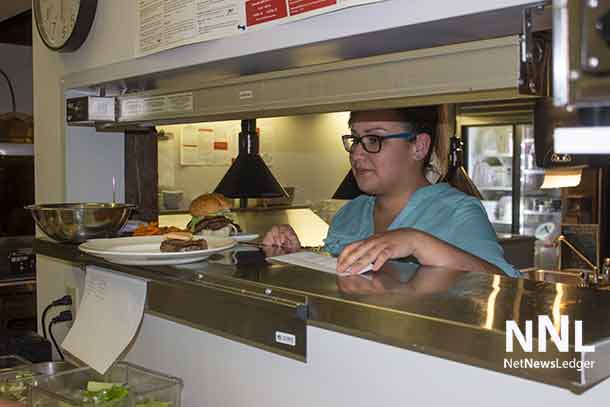The rise of voice-activated searches throws the traditional food marketing model out the window
By Sylvain Charlebois
Senior Fellow
Atlantic Institute for Market Studies
Your voice will likely become food retailers’ and restaurants’ most significant focus over the next while.
Voice searches are increasingly the norm. A recent study suggests that more than 20 percent of all online restaurant searches in Canada are voice activated. To a lesser extent, grocery shopping is also done through these devices.
Since the likes of Siri, Cortana, Alexa and Google Assistant entered our world, voice searching has become a game-changer for the food industry.
The main reason is convenience. Short of having a personal robot, this is the new frontier of affordable personalized assistance. These virtual assistants will offer advice as well as perform tasks for consumers.
They are, of course, the voices of data-obsessed companies such as Apple, Microsoft, Amazon and Google. And these companies have been connecting with us for years through devices such as computers, phones, tablets and even video game consoles.
Consumers now voice search while doing other activities, like driving. And these search results have a high purchase intent. So being a search outcome can be highly profitable for a business.
The same rule applies to the food industry. Voice search assistance will filter through brand awareness, perceptions, biases and many other things we’re subconsciously influenced by.
Voice recognition is really about data and algorithms. It’s about connecting with the market in a way few grocers or restaurants have done.
We’re still receiving grocery flyers every week to sell us food. But voice assistance allows us to get through the marketing noise and find what we really want. The average Canadian consumer is exposed to over 1,500 advertisements a day, many about food. But food service and retail options are often overlooked by consumers for a variety of biased reasons and perceived flaws.
Algorithms and data will cut straight through preconceived notions about food choices and open a world of possibilities. A recent survey shows that 68 percent of consumers search by cuisine or food item rather than by a restaurant or franchise name. In other words, voice searches play to curiosity.
What’s making most players in the food industry lose sleep is the fact that Amazon, Google, Microsoft and Apple are tech-savvy and data-centric organizations – certainly more so than most companies in the agri-food sector.
Voice assistance is purely an extension of what they’ve been doing for some time, just without the typing. In fact, many consumers would rather talk than type. According to a U.S.-based survey, 30 percent of web browsing sessions will be done without a screen by the year 2020. This can only increase the pressure on grocers and restaurants to comply with a changing marketplace.
Google has been investing heavily in voice-activated searches since 2016. Amazon, Microsoft and Apple have likely invested in technologies that offer consumers portals to many new possibilities.
This is a field the food industry will need to embrace quickly. With the rise of voice-enabled assistance, people don’t need to view a screen to get an answer – all the data is captured from websites and web-based sources. Mobile-friendly, responsive websites are going to be key.
Since consumers rely on voice assistance and smartphones for most of their voice searches, a fully-functional website will be more critical than most of the marketing dollars spent on antiquated flyers, posters and ads. Instead of going through flyers, many of us could browse through weekly bargains with the help of voice-activated searches. So much more civilized.
Even local businesses can generate more business using the right strategy.
In the end, these changes are all about how we manage and exchange data.
For the food industry, embracing this new reality won’t be easy. But the cost of doing nothing will be significant.
Dr. Sylvain Charlebois is senior director of the agri-food analytics lab and a professor in food distribution and policy at Dalhousie University, and a senior fellow with the Atlantic Institute for Market Studies.
©Troy Media 2019








